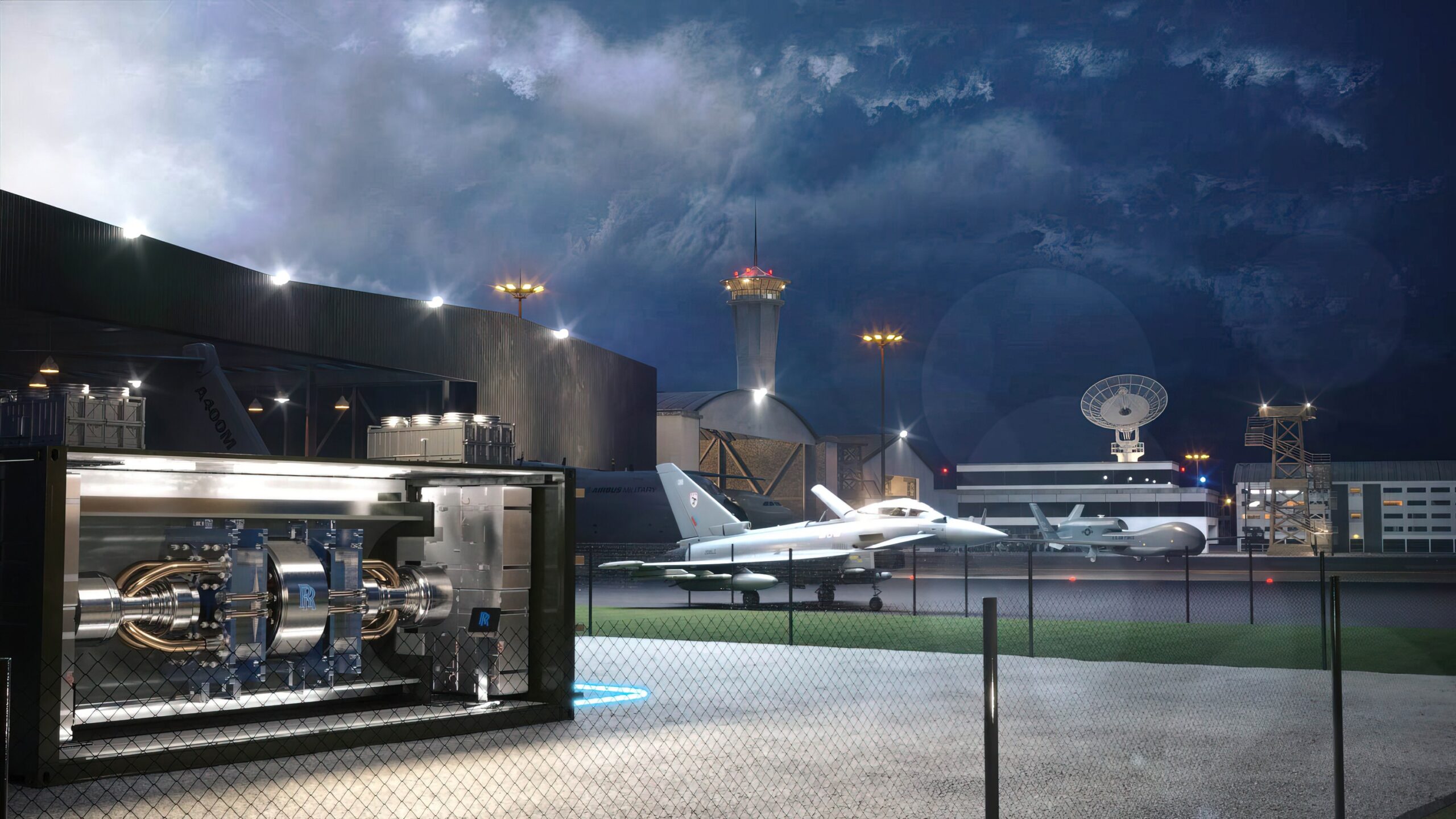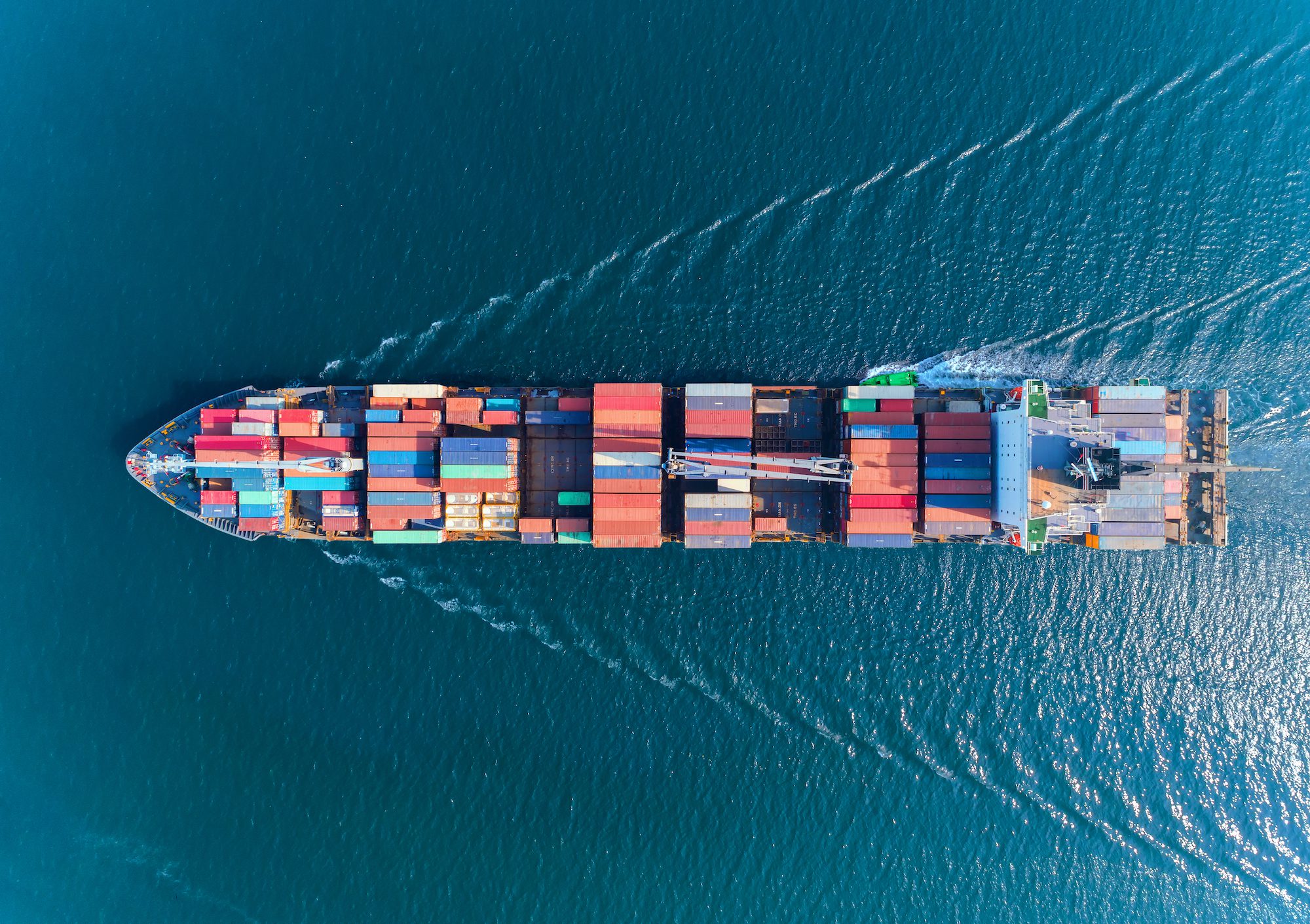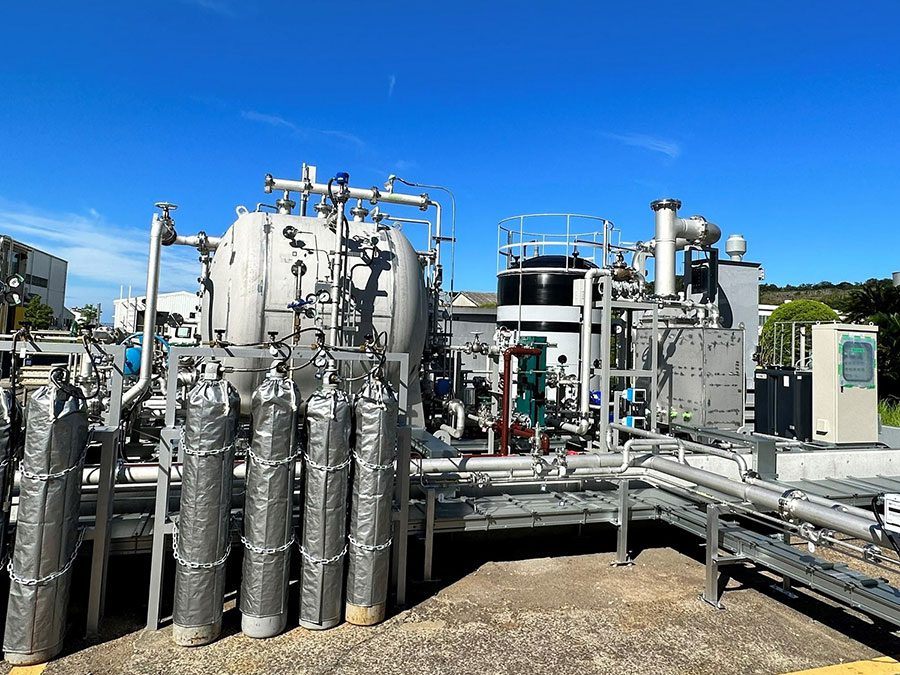 SEOUL (Dow Jones)–Hyundai Heavy Industries Co. (009540.SE), the world’s largest shipbuilder by orders, expects its new ship orders to exceed $7.47 billion this year, though demand in the second half is unlikely to match that of the first six months of 2011, the company’s chief executive said Tuesday.
SEOUL (Dow Jones)–Hyundai Heavy Industries Co. (009540.SE), the world’s largest shipbuilder by orders, expects its new ship orders to exceed $7.47 billion this year, though demand in the second half is unlikely to match that of the first six months of 2011, the company’s chief executive said Tuesday.
“Orders for (nine) drill ships were the biggest catalyst in the first half but in the second half LNG (liquefied natural gas) ships will likely help boost orders,” Hyundai Heavy Chief Executive Kim Oi-hyun told Dow Jones Newswires in an interview.
Hyundai Heavy expects ship orders to recover from “a difficult year” in 2010, when the firm had orders totaling $3.76 billion. Ship orders don’t immediately boost a company’s bottom line as it takes two to three years to build a ship.
Higher oil prices are pushing up demand for drill ships, while the March earthquake and tsunami that hit nuclear power plants in northeast Japan are boosting orders for LNG carriers, said Kim, in charge of the shipbuilding division. Natural gas has become an increasingly attractive alternative to nuclear power since the disasters hit South Korea’s neighbor.
Kim said the company doesn’t plan to expand its two shipyards to meet rising orders for drill ships and LNG carriers, and will instead maximize productivity at the Ulsan and Gunsan yards.
The Ulsan shipyard has said it had already received new orders during the January-May period to build drill ships, container carriers and LNG-floating storage regasification units valued at $7.27 billion, or 97% of its annual ship order target of $7.47 billion.
The company is in talks with clients on options to build ships, including three drill ships and two LNG-floating storage regasification units, in the second half, Kim said. “We expect to sign those options unless any financing problems come up with our clients.”
Given that, the company will exceed this year’s overall order target for its seven business divisions–shipbuilding, offshore & engineering, industrial plant & engineering, engine & machinery, electro electric systems, construction equipment, and green energy–of $26.63 billion, he said.
“Higher demand in the shipbuilding division will help offset slow growth in the new green energy business this year,” he said. The firm set up its green energy division this year as part of efforts to diversify its business to secure long-term growth.
Hyundai’s seven businesses had $15.7 billion worth of orders from January to May.
Challenges Ahead
For the year, low ship prices, high steel prices and a strong local currency are the major threats to the bottom line of Hyundai Heavy, which analysts say is hedging a possible profit decline in its shipbuilding segment through diversification.
“The steel-price hike and the inability of cost passthrough would be a derating catalyst that prompts investor focus to shift away from order momentum to margins and ship price,” a CLSA report said. Shipbuilders are reluctant to fully pass on high costs to customers because they might be undercut by competitors. But the house has an Outperform rating on Hyundai Heavy, saying its profitable earnings streams show a limited exposure to shipbuilding.
Kim said the company would tackle those concerns by improving productivity and building more value-added ships.
Hyundai Heavy drew up business plans for the year based on an exchange rate of KRW1,100 to the dollar, but the dollar traded at KRW1,078.90 on Tuesday. “The current exchange rate is not favorable (to our business),” he said.
But the company, which largely relies on the selling dollar forwards for hedging, hasn’t changed its basic policy. It hedges 80% of net foreign-exchange exposure for all of its operations.
Hyundai Heavy uses more than 2.5 million metric tons a year of shipbuilding plates or thick steel plates. It purchases more than 50% of them from domestic suppliers such as Posco, Hyundai Steel Co., and Dongkuk Steel Mill Co. and less than 50% from contractors in Japan and China.
“If thick steel plate prices continue to rise, we may consider purchasing more steel plates from China,” said Kim, who is also chief operating officer of the firm. South Korean shipbuilders have bought shipbuilding plates from local suppliers at higher prices to ensure a stable supply of the key materials.
Analysts say ship prices will likely recover in 2013, though shipbuilders badly need to raise ship prices to pass high raw materials costs onto clients. They say shipbuilders still have a long way to go to return to the 2007-2008 peak years, when ship prices and demand hit record highs.
Shares in Hyundai Heavy are down 1.9% so far this year, underperforming the broader Kospi’s 0.9% gain.
-By Kyong-Ae Choi, Dow Jones Newswires

 Join The Club
Join The Club












